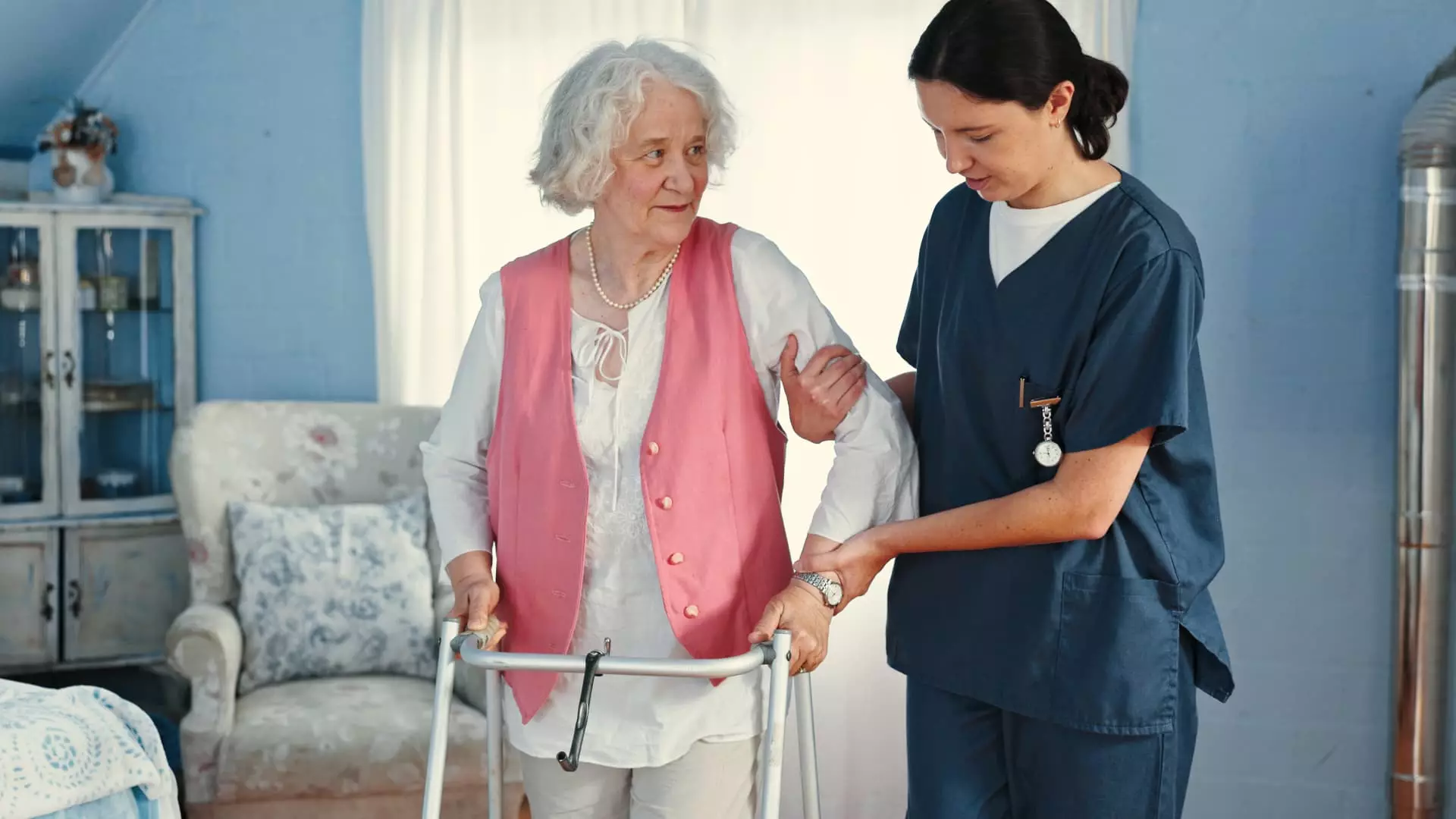As we stand on the threshold of a demographic revolution, the implications of an aging society are poised to usher in profound changes across multiple sectors. An insightful report from William Blair suggests that this ‘silver tsunami’ is not just a ticking demographic time bomb; it presents a massive economic opportunity. With a staggering 73.1 million baby boomers set to age beyond 65 by 2030, the entire American economic structure is on the brink of transformation. This isn’t just an abstract population statistic; it reflects a shift in consumer behavior, healthcare demands, and living standards that could redefine how we interact with our elders.
The graying of America is underscored by increasing life expectancy and plummeting fertility rates—in 2020, seniors accounted for 17% of the population, a figure projected to rise to an astonishing 21% by 2030. This data prompts an introspective look into how society can embrace its aging citizens, allowing them to maintain dignity and independence in their golden years, rather than pushing them into institutionalized care. It highlights the urgent need for innovative structures and services tailored to meet the specific needs of a growing senior demographic.
Aging in Place: The New Norm?
Recent surveys reveal that 75% of adults over the age of 50 prefer aging in their own homes rather than transitioning to assisted living spaces or nursing homes. This shift lays bare an urgent requirement for a reimagined caregiving landscape that embraces technology and home care services. Imagine a world where a senior can live independently, yet remain connected to critical health services at their fingertips. This isn’t merely a lofty idea; it’s an attainable goal, epitomizing both liberty and dignity.
According to William Blair analyst Ryan Daniels, this trend toward home-based care presents fertile ground for investment. Companies that successfully navigate this landscape, such as Addus HomeCare, not only provide essential services like hospice and personal care but also symbolize our society’s changing values. Although Addus may have seen declines in stock performance, the underlying business model reflects a societal pivot toward supporting seniors in their own environments.
Technology: The Cornerstone of Modern Elder Care
The technological landscape is evolving at a dizzying pace, creating new opportunities for enhancing the quality of life for seniors. Smart home devices and fall-monitoring technologies are obvious beneficiaries of the aging-in-place trend. A more nuanced area of development is in social analytics solutions. William Blair posits that understanding social determinative factors is crucial for ensuring that seniors receive adequate care, thereby reducing the necessity for acute medical interventions.
Companies like Phreesia are increasingly seen as indispensable allies in this endeavor, offering vital solutions that assess social needs before patient visits. Such tools could revolutionize how healthcare providers interact with seniors, allowing for timely discussions and referrals. It’s a striking example of how data-driven healthcare can elevate service levels and enhance overall patient satisfaction.
Investment Potential: Tapping into an Emerging Market
From an investment perspective, the rise of the aging population is not just a social issue, but economic dynamism waiting to unfold. The demand for home healthcare services and technologies will create a lucrative market landscape for savvy investors. Corporations that can adapt to this demographic reality stand to reap impressive rewards. Phreesia, for example, has an optimistic growth forecast and is indicative of how the integration of advanced technology into healthcare can increase a company’s value proposition.
In short, as we approach the benchmark year of 2030, the intersection of geriatric care and technology is becoming not only a humanitarian imperative but a compelling financial opportunity. Stakeholders in healthcare, policy-making, and technology sectors must align to capitalize on this brave new world where aging is not just a state of being but a new frontier for innovation and profitability.
The impending demographic challenge offers us a clarion call to build a society that not only respects but actively invests in the well-being of its aging population. If done right, it could catalyze a renaissance in how we conceptualize elder care, transforming a daunting challenge into one of the most rewarding opportunities of our time.


Leave a Reply